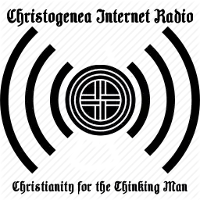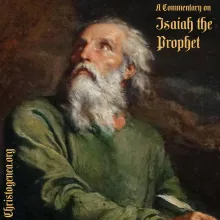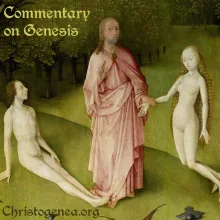
TruthVid's 100 Proofs that the Israelites were White, Part 4
Here we discuss the next few points of TruthVid’s 100 proofs, which we shall summarize as follows: The Epistles of Paul were written only to White Europeans. The Seven Churches of the Revelation were all in cities of White Europeans. The testimony in the New Testament of the fulfillment of the promises to Abraham that many nations would come of him, that nations and kings would come out of his seed, or his loins, where the apostles inform us that those were nations of White Europeans. Some notes prepared for this presentation by William Finck are found below, although there was much extemporaneous discussion.
The Recipients of Paul’s Epistles
Discounting the four epistles which Paul of Tarsus had written to individuals, there were eight audiences for Paul’s epistles. These were as follows:
Europe: Rome (Italy), Corinth (Greece, northern part of Peloponnese near the isthmus), Philippi (northern Greece, off north coast of Aegean Sea east of Thessalonica), Thessalonica (northern Greece, northwest shore of Aegean Sea).
Asia Minor (Anatolia): Galatia (north central Anatolia), Ephesus (southwest Anatolia, capital of Roman Asia), Colossae (southwest Anatolia interior near Galatia).
 These are seven, and the eighth audience were the Hebrews, which we shall discuss further on. In his travels, Paul had also addressed Lycaonians in Acts chapter 14, and Athenians in Acts chapter 17, but said nothing to them of sin, redemption, covenants, adoption, or Christ, because they were not descended from the Israelites, and Christ did not come for them, in spite of the fact that they descended from other sons of Noah. So when Paul addressed them, instead he spoke of the one true God and of resurrection from the dead, because they are included in the promises made to the entire race of Adam, first found in Genesis chapter 3.
These are seven, and the eighth audience were the Hebrews, which we shall discuss further on. In his travels, Paul had also addressed Lycaonians in Acts chapter 14, and Athenians in Acts chapter 17, but said nothing to them of sin, redemption, covenants, adoption, or Christ, because they were not descended from the Israelites, and Christ did not come for them, in spite of the fact that they descended from other sons of Noah. So when Paul addressed them, instead he spoke of the one true God and of resurrection from the dead, because they are included in the promises made to the entire race of Adam, first found in Genesis chapter 3.
 This evening we had an open forum discussion with some of our Forum Members and friends. This may give our listeners and other visitors to Christogenea some further insight into the attitudes and opinions of the members of our wider Christogenea community.
This evening we had an open forum discussion with some of our Forum Members and friends. This may give our listeners and other visitors to Christogenea some further insight into the attitudes and opinions of the members of our wider Christogenea community.








 These are seven, and the eighth audience were the Hebrews, which we shall discuss further on. In his travels, Paul had also addressed Lycaonians in Acts chapter 14, and Athenians in Acts chapter 17, but said nothing to them of sin, redemption, covenants, adoption, or Christ, because they were not descended from the Israelites, and Christ did not come for them, in spite of the fact that they descended from other sons of Noah. So when Paul addressed them, instead he spoke of the one true God and of resurrection from the dead, because they are included in the promises made to the entire race of Adam, first found in Genesis chapter 3.
These are seven, and the eighth audience were the Hebrews, which we shall discuss further on. In his travels, Paul had also addressed Lycaonians in Acts chapter 14, and Athenians in Acts chapter 17, but said nothing to them of sin, redemption, covenants, adoption, or Christ, because they were not descended from the Israelites, and Christ did not come for them, in spite of the fact that they descended from other sons of Noah. So when Paul addressed them, instead he spoke of the one true God and of resurrection from the dead, because they are included in the promises made to the entire race of Adam, first found in Genesis chapter 3.

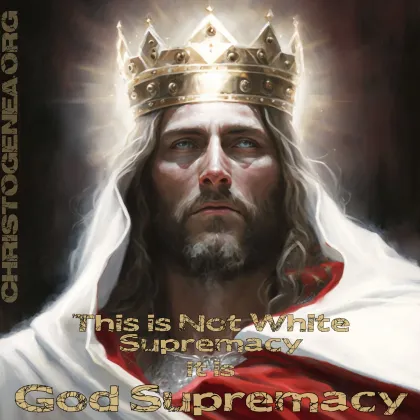

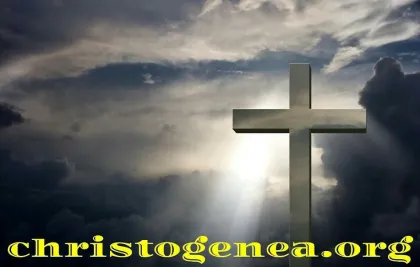
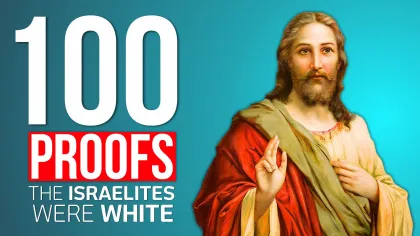







 Please click here for our mailing list sign-up page.
Please click here for our mailing list sign-up page.

